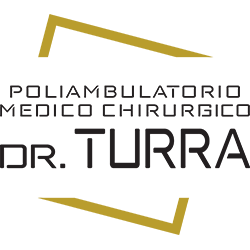
CO2 SURGICAL LASER
Pulsed, continuous and super-pulsed wave
Scarring, skin resurfacing, laser surgery and removal of verrucae and warts
What is carbon dioxide laser?
The laser emits a monochromatic and collimated beam of light, which has specific features, two of which are relevant to the field of cosmetic medicine. The first relates to the surface area of the laser beam, which is incredibly small. This extremely precise tool enables the surgeon to target specific areas without affecting the surrounding tissues. The second feature of the carbon dioxide laser is the intense heat produced by its beam of light. This enables the surgeon to provoke certain reactions to improve the skin’s appearance.
The laser comprises three basic components: an active tool, a source of energy and an optical cavity. The former is composed of a solution in which the atoms, charged by electric discharge, release photons. Together, these elements produce the light, which enables the coloured beam to be seen by the human eye.
Lastly, the photons are directed towards the optical cavity of the laser, which is simply the opening through which the beam of light is emitted. In a carbon dioxide laser, also known as CO2 laser, the solution used consists of 10-20% carbon dioxide.
Applications of the carbon dioxide laser
In the field of cosmetic medicine, this technique is largely used to stimulate the production of new collagen. Collagen, together with elastin, is one of the most common proteins in the connective tissue, which we will look at below with respect to the skin. Collagen is made up of smaller particles, known as peptides, which form a chain. Its primary function within the dermal tissue is to create elasticity within the skin. Once the skin loses elasticity, the collagen fibres have broken down. This leads to the development of skin imperfections, such as expression lines and stretch marks. As we know, this issue becomes more significant over time as the production of this protein is impacted.
The CO2 laser triggers the release of new collagen. The process involves vaporization of the water contained within the skin cells, which are replaced naturally by the skin as a result of the heating effect. This process forces the skin to produce new collagen, which results in firmer and more toned skin. Skin imperfections are significantly reduced and fade almost entirely.
CARBON DIOXIDE LASER TREATMENT
As well as for cosmetic medicine, the CO2 laser can also be substituted for the traditional scalpel used in surgery. Due to it being less invasive, it causes less inflammation and recovery time is greatly reduced. Its precision means that bleeding is significantly reduced and there is no residual scarring. CO2 laser can also be used to treat stubborn skin imperfections by making them fade.
Prior to the session, an appointment with the surgeon is required to evaluate the client’s requirements. All of the treatment information and its potential outcomes will be provided. In the days leading up to carbon dioxide laser treatment, exposure to the sun’s rays and tanning beds, in addition to certain medication, should be avoided.
Before starting the treatment, the surgeon will apply an anesthetizing cream to the treatment sites. The sessions last from 30-60 minutes, depending on the patient’s requirements. After treatment, the skin will usually appear slightly red. This is completely normal and lasts for a few weeks. During the healing period, exposure to the sun and tanning beds should be avoided.
